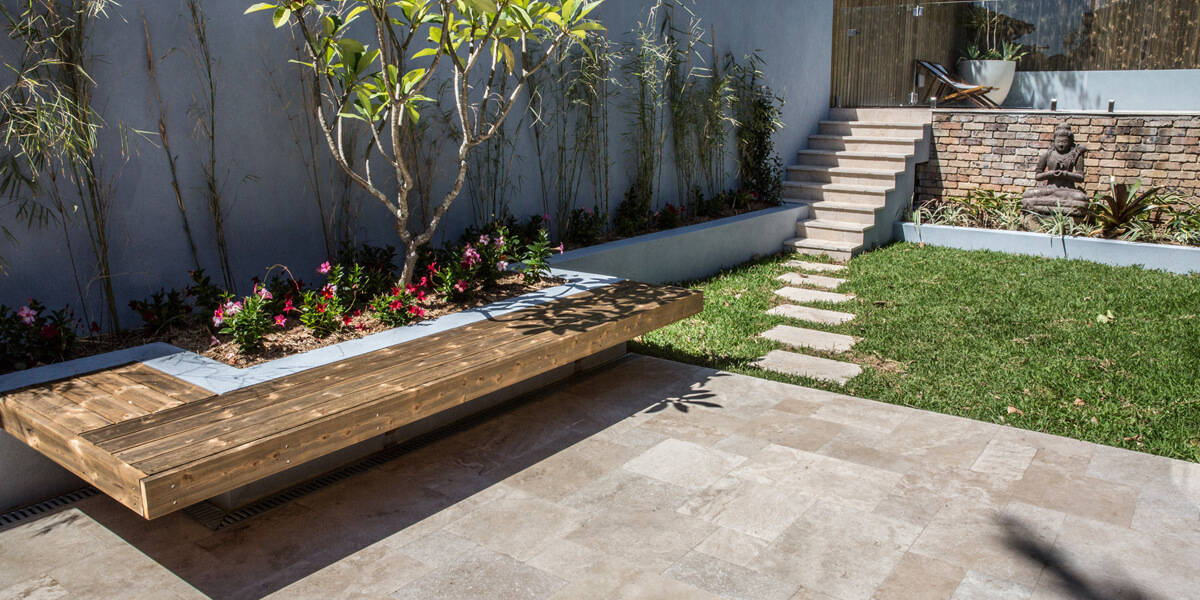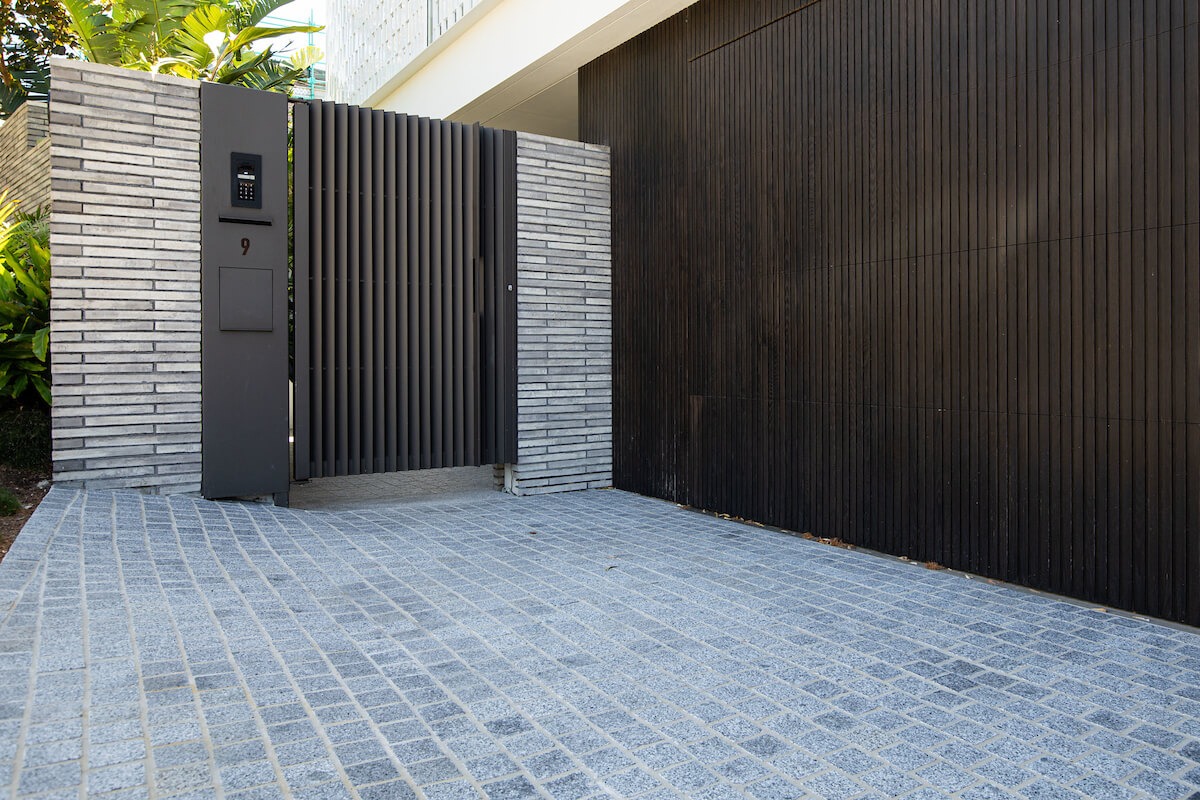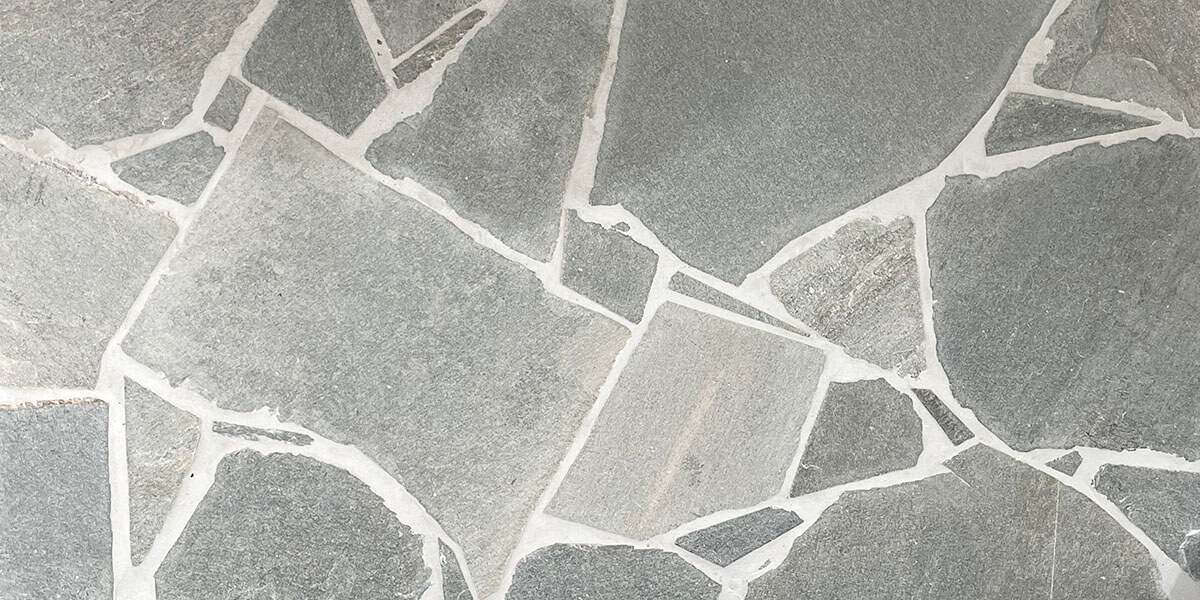Repairing vs Replacing Damaged Travertine Tiles
Repairing a damaged tile – or two or three or more – is a cumbersome job.
Why?
Because it involves removing the tile, along with the grouting, and then reattaching it in such a way that it matches the rest of the flooring and aesthetic.
The entire process is akin to surgery.
If you have chosen to install travertine tiles in your home because they’re a strong, durable, dense and classic looking natural stone paver that will stand the test of time, you’ve made an excellent choice and investment.
The only disadvantage of choosing travertine tiles is that, even though they can withstand the pressure obtained from high traffic areas, cracks can still appear in the tiles.
So what is the best way to approach such a situation when it happens? Is it better to repair the damaged time or just replace it?
This article explores both options.
First let’s have a look at the advantages and disadvantages of travertine tiles as a flooring option.
Travertine as a flooring option
As with any natural stone flooring option, installing travertine throughout your house (or in certain areas) has its own advantages and disadvantages.
Let’s review what these are:
Advantages of Travertine Tiles
- Travertine comes in a variety of shades so you can rest assured that there is something that will suit your home’s design and aesthetic.
- Travertine can add value to your home so installing it is a smart investment.
- Travertine keeps your home exceptionally cool in summer.
- Travertine is a resilient natural stone that can cope through a variety of environmental fluctuations.
Disadvantages of Travertine Tiles
- Travertine is a porous natural stone which means that it has many holes throughout its surface. These natural occurring holes and gaps expose the stone to air and moisture which, over time, can cause the holes to tear.
- Travertine tiles are also reactive to acidic substances which makes cleaning tricky. While water and soap typically does the job, it means that you need to be extra vigilant with cleaning the stone and always wipe spills straight away so they don’t absorb into the stone and stain it.
- If you are working on a budget, travertine tiles require a higher initial outlay than other flooring options like porcelain tiles or carpet.
- As travertine tiles are a cool natural paver (which is ideal for Australian summers), it means that in winter you might need to throw a rug over the tiles to keep the warmth in or just endure the cold tiles.
- Maintenance and upkeep can become a time-consuming process, so if you have a busy lifestyle, they might not be an ideal choice of paver for your home. However, if you seal the travertine tiles properly upon installation, they are easier to maintain and manage.
Fixing the situation: repair vs replace travertine tiles
Let’s be absolutely candid: the most important part of protecting the longevity of your travertine tiles is ensuring that they are installed correctly and then maintained consistently. This, above anything else, will protect your travertine tiles and ensure that they stand the test of time.
What’s involved in this process?

** Travertine Pavers Looking Stunning as an Outdoor Paver
Firstly it involves ensuring that the travertine tiles are sealed correctly when installed and looked after throughout their lifespan. Of course, when dealing with natural products there is always the risk that something will go wrong and they will incur damage over time, whether it’s from general wear and tear or due to an accident that happens as a one-off.
Now, let’s focus on the first disadvantage in the list above: the porous nature of the tile. Some people may not like this from a purely aesthetics perspective – especially for a flooring option. The holes, though small, are noticeable and if they expand to tears, they become even more obvious. What does this mean? Simply that you can do everything in the world to take care of your travertine tiles and that they can still sustain damage just because of their natural composition. In case this happens, the best thing you can do is repair them as soon as possible to avoid any further damage. You can fill the gaps with powders or sealants and voila! Problem solved.
If you want to keep your flooring looking consistent and you don’t have any spare tiles available, then repairing the individual tile, is the advised (and better) alternative. Even if you can find travertine tiles in the same colour, remember that they’re going to be from a different batch and so it is highly likely that they will look different to the ones your initially installed. On the other hand, many would argue that due to the grainy nature of travertine tiles, only an educated eye would be able to pick up that one or two tiles are different to the rest of the collection.
While repairing the tile is the advised option, sometimes you have no choice but to replace your travertine tile. It’s not impossible to do this, it’s just a tricky operation that can be compared to a medical surgery. You see, it involves digging out the grout and then prying the tile up without damaging any surrounding tiles – which is very tricky! If the tiles are installed in a wet area, you also need to secure and fix the membrane and waterproofing underneath the tile. Though you can do this yourself, we strongly recommend hiring a professional because the entire operation can get messy and tricky.
Caring for travertine tiles
While you can repair individual tiles or, in a worst case scenario, replace them, we believe that prevention is better than cure (so to speak) and that maintaining your travertine tiles is first and most essential step in ensuring that they stand the test of time.
Properly maintaining your tiles involves mopping them regularly and wiping any stains (especially if they’re acidic) straight away. When cleaning the tiles, avoid products with lemon or acidic ingredients as these will erode the stone. Something simple like soap and water will do the trick. Or alternatively, there are products on the market that can help. Finally, if you have repaired a tile, always reseal the area to protect the travertine surface from future issues.
If you have any questions or would like more advice about installing, investing or maintaining your travertine tiles, speak to a specialist at Armstone today. We have years experience dealing with natural stone tiles pavers and would love to help you make the right decisions with bringing your home project to life.


